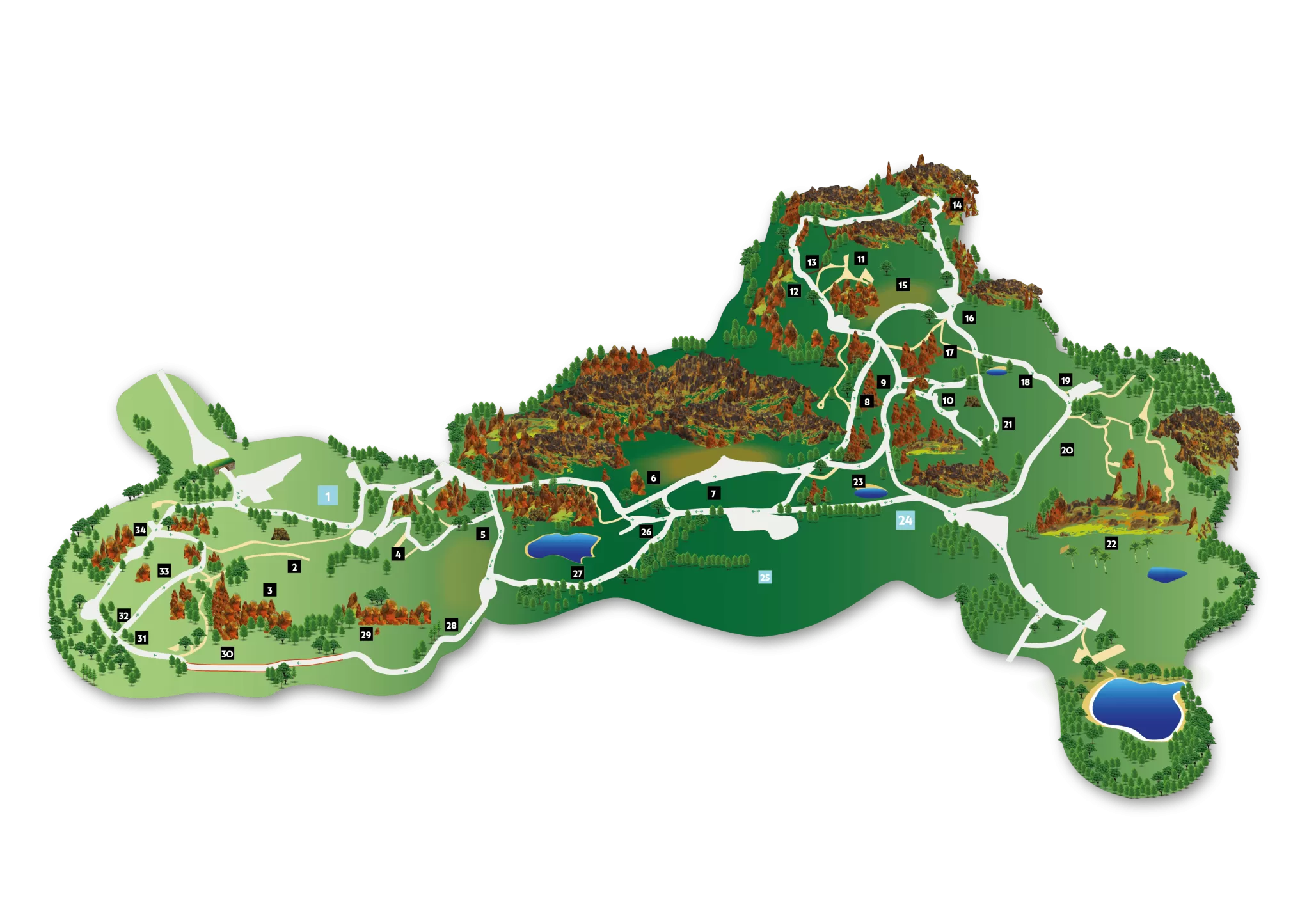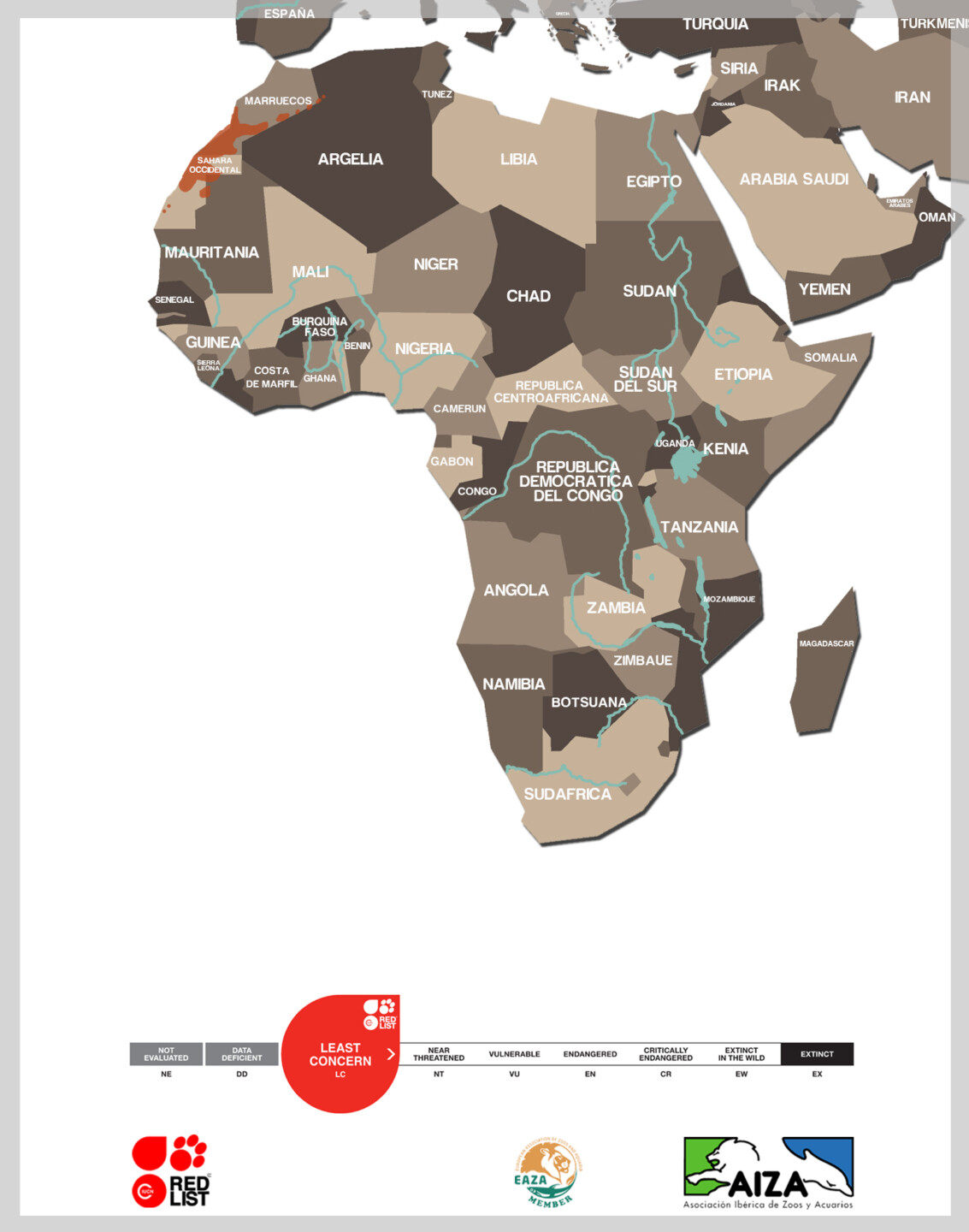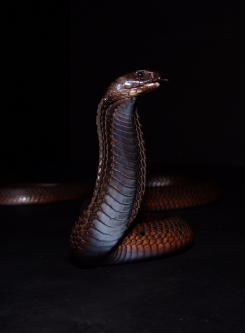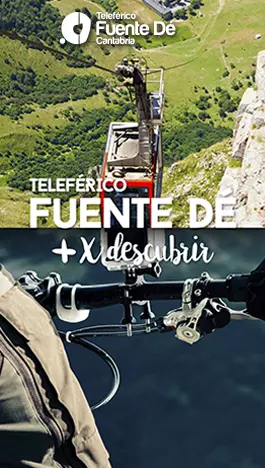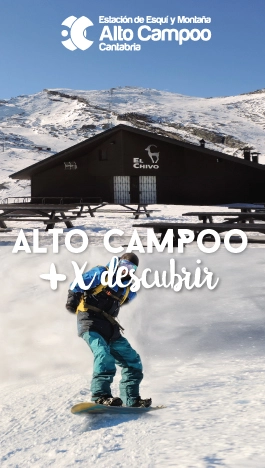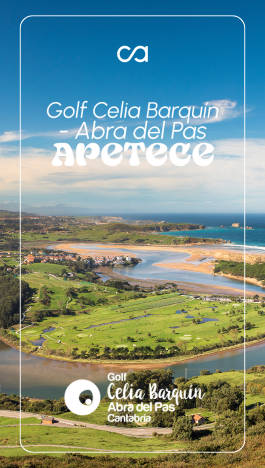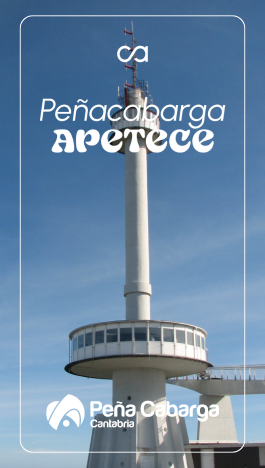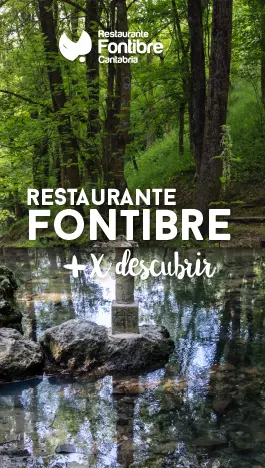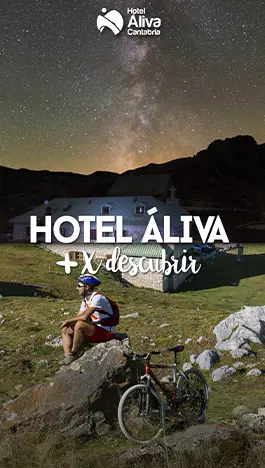
The Cobra of Morocco and those of Western Sahara were described in 1989 by Dr. Valverde, a prestigious herpetologist and founder of Doñana National Park, as a new subspecies.
Initially, comparative analyses with other African cobras, the color variations they undergo during growth, and the arrangement and number of their scales led researchers to believe they were dealing with a new species. However, subsequent genetic and morphological studies (Broadley and Wüster, 2004; J.F. Trapé et al., 2009) have concluded that Naja haje legionis is not a valid subspecies due to the minimal divergence shown by the populations in the study area compared to the nominal form of the species.
Therefore, currently, the cobras from the study area are classified within the nominal species Naja haje haje.
There are marked differences in the coloration and design of individuals of different ages: juveniles show a yellowish base body color, over which a brown or black speckling appears, and as they grow, the black color gradually extends over their entire body, with adults being completely black.
| Dimensions | Over 180 cm |
| Danger Level | lethal |
| Venom Effects | neurotoxic (affect the nervous system) |
| Reproduction | oviparous |
| Diet | carnivore |
| Habitat | savanna, shrubland, grassland, wetlands |

